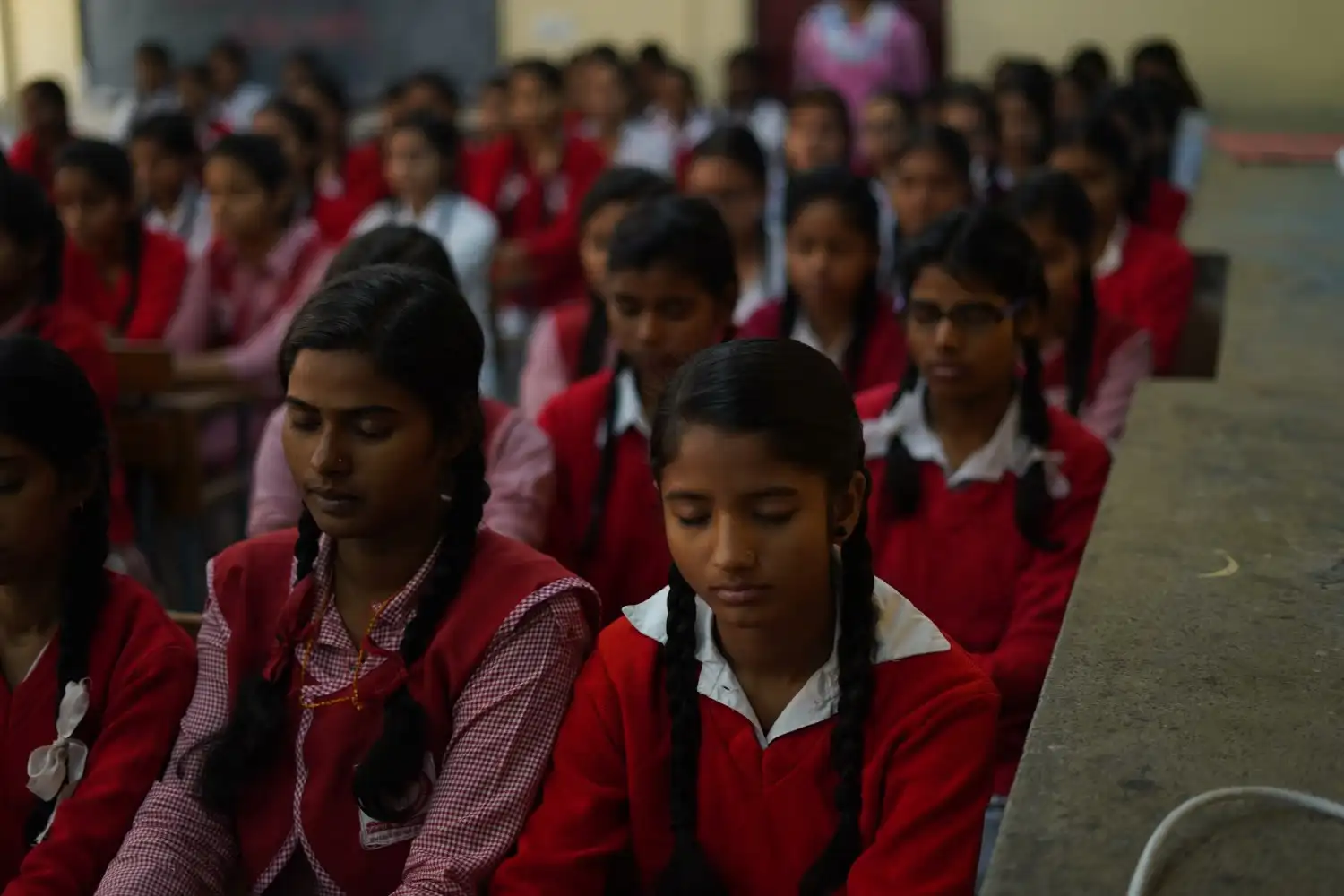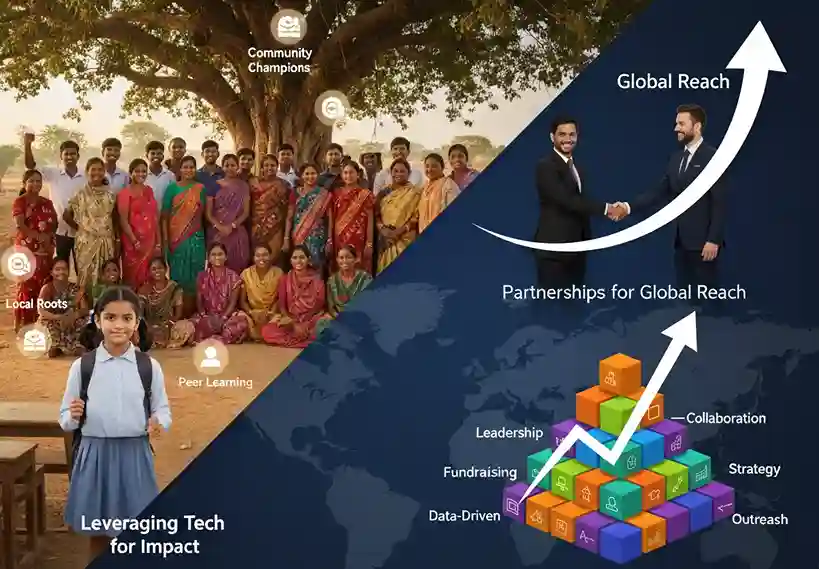Introduction: The Moment I Knew Something Was Off
It was a Thursday afternoon. I was finishing up a class when I noticed one of my students—bright, usually talkative—staring blankly at the floor. No books open. No expression. Just… still.
I didn’t say anything right then. Maybe she was tired, I thought. Maybe she didn’t sleep well. But the same thing happened the next week. And the week after. That’s when I began to understand just how deeply mental health support in education impacts what we see—and what we often overlook—in our classrooms.
Then I finally asked her, “Are you okay?” She looked at me, shrugged, and said quietly, “I guess… I just feel weird a lot lately.”
That moment changed the way I looked at education forever.
Why Mental Health in Schools Can’t Be Ignored Anymore
I used to think mental health was the job of psychologists, not educators. But I was wrong.
The truth is: Mental health support in education is everyone’s responsibility.
Students are showing up to school with invisible struggles—depression, anxiety, trauma, loneliness. And we’re expecting them to sit still, follow rules, and ace tests?
It doesn’t work that way.
If you’re unsure where to begin, our guide on Understanding NGOs: Their Purpose, Impact, and Importance explains how nonprofits like Unessa play a vital role in bridging mental health gaps in education.
🚨 The Problem I Overlooked (And Maybe You Are Too)
According to UNICEF, more than half of all mental illnesses begin before age 14, yet most of us aren’t trained to spot the signs early—especially in a school setting. You might think a child is just distracted or disinterested, when really, they’re quietly overwhelmed.
If you’re working with students from underprivileged backgrounds, the challenges are even more visible—and more heartbreaking. One in five children from low-income families has a diagnosable mental health condition, but nearly 80% of them won’t receive any kind of treatment.
You may have seen this yourself:
- Schools without a dedicated counselor.
- Classrooms where emotional outbursts are punished, not understood.
- Students who stop trying—not because they don’t care, but because they don’t feel safe.
And what makes it harder?
Most teachers aren’t trained to recognize emotional distress.
Many of us were never taught how to handle a student having a panic attack. Or how to support a child who’s shut down completely.
You might also notice this painful truth:
Some students don’t even know they’re allowed to ask for help.
They’ve never seen it modeled. Never heard the words, “It’s okay to talk about how you feel.”
And if you’ve ever felt helpless in those moments—you’re not alone. I’ve felt that too. But it’s in those very moments that we have a chance to do something different.
That’s why digital outreach is critical. Explore The Power of NGO Websites to see how online platforms can drive awareness, support, and visibility for mental health efforts.
10 Actions That Changed How I Support Mental Health at School
If you’re asking, “What can I actually do?”—here’s what worked for me, and what might work for you too:

1. We Launched a Student Wellness Program
We started small: weekly “circle time” where students could share what they were feeling. It became the most impactful 15 minutes of our week.
2. Mental Health Became Part of Every Class
We didn’t just talk about mental health during awareness week. We added discussions on stress, anxiety, and resilience into subjects like English, Social Studies—even Math.
3. We Trained Teachers to Recognize the Signs
We partnered with a local psychologist to run a one-day workshop. It was eye-opening. I began seeing behaviors differently—not as “disruptions,” but as calls for help.
4. We Created Calm Spaces in Classrooms
One corner of the room became a safe spot. A beanbag, headphones, a journal. Students knew they could go there when they felt overwhelmed.
5. We Hired a Full-Time School Counselor
This was a game-changer. Having someone students could talk to without judgment (and without leaving school) made help feel accessible.
6. We Used Mental Health Apps
We introduced tools like Headspace for Schools. Some students told me they used it before big tests to calm down. Others used it every morning. It gave them control.
7. We Encouraged Peer-Led Initiatives
Our students created a “Mental Health Ambassadors” group. They ran campaigns, organized events, and led discussions that were more honest than anything we ever planned.
8. We Started Conversations with Parents
Workshops, weekly updates, mental health tips. We made parents part of the conversation—not just when something went wrong.
9. We Partnered with Local Mental Health NGOs
They gave us free sessions, materials, even volunteers. You don’t need a big budget to get big support—you just need to ask.
10. We Listened. Really Listened.
This one wasn’t a program or tool. It was a mindset. When students knew they could speak without fear, things began to change.
🧩 The Challenges Were Real—But Not Impossible
Yes, we had pushback.
Some staff didn’t think mental health was their job. Some parents didn’t want to talk about it. Some students were hesitant to open up.
But consistency helped. So did data. Once we saw better attendance, fewer outbursts, and more student engagement, the resistance faded.
🧾 What I Learned (So You Don’t Have to Repeat My Mistakes)
Mental health isn’t a separate issue from education—it’s the foundation of everything else.
If we want to raise critical thinkers, innovators, and leaders, we need to start by making sure they’re okay first.
You don’t need to be a therapist.
You don’t need a perfect plan.
You just need to start.
📢 Final Thought
If you’ve read this far, you already care. Now take action.
Because every student deserves to be seen, heard, and supported.
And it starts with you.
💛 Donate to Support Mental Health Programs 💛
Your donation helps us fund:
- Emotional health toolkits for classrooms
- Training sessions for teachers and caregivers
- Mental health workshops and counseling support
- Art and play therapy sessions for children in trauma
Even a small monthly contribution can fund mindfulness materials, journals, or wellness kits for multiple children.
Want to see how effective digital platforms can amplify NGO impact? Check out The Power of NGO Websites: Examples and Key Elements.




















1 thought on “Mental Health Support in Education: What I Realized Too Late—and What You Can Do Now”
Pingback: Cybersecurity Basics for Students and Educators: A Practical Guide to Digital Safety in Schools - Unessa Foundation